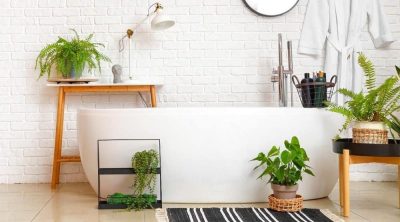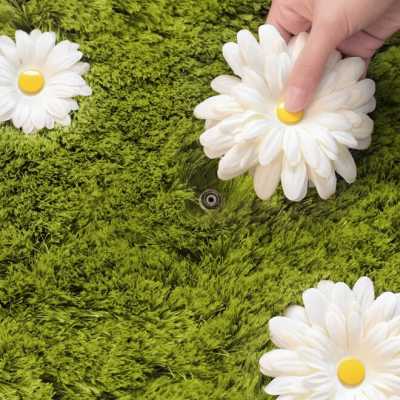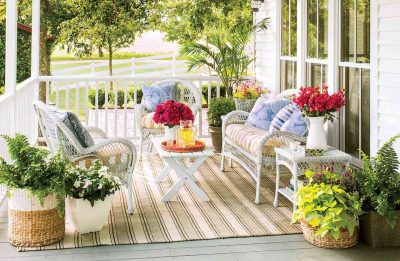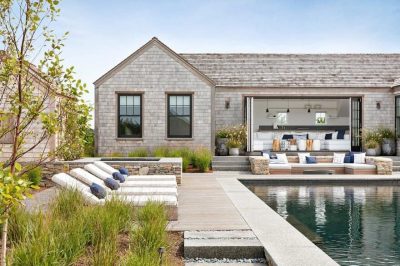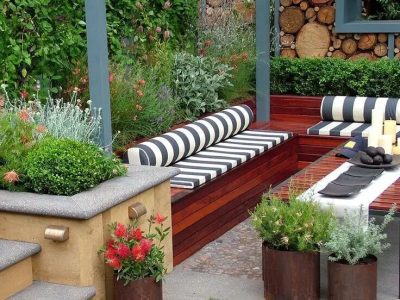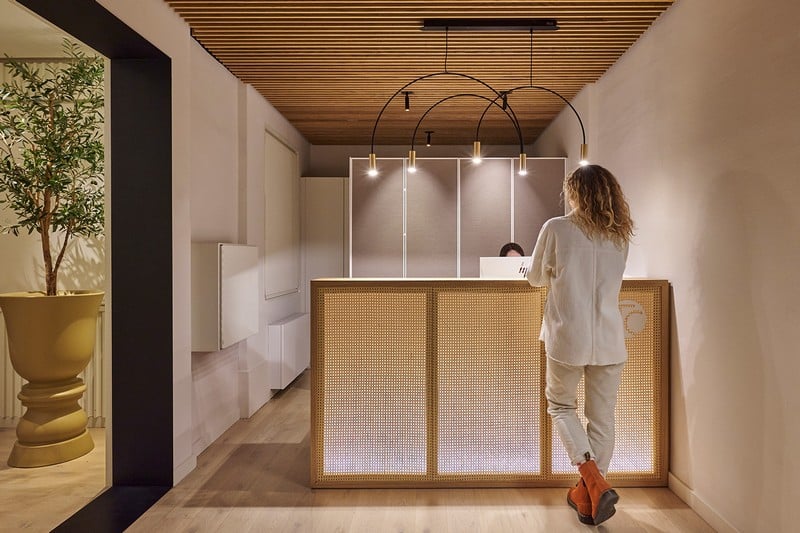
Interior design exerts a profound influence on healthcare environments, shaping not only their appearance but also the well‑being of patients and the efficiency of staff. Thoughtful choices in layout, materials, lighting, color, and natural elements can transform a clinical setting into a restorative space—one that reduces stress, promotes healing, and enhances comfort. This article explores how strategic interior design decisions can revitalize medical facilities and elevate the overall patient experience.
The Impact of Color and Light on Patient Recovery
Colors and lighting are two of the most essential elements when designing healthcare spaces. Soft, neutral colors are often chosen to create a calming environment, while vibrant shades are used sparingly to create focal points and reduce monotony. The right color palette can reduce anxiety, lower blood pressure, and promote relaxation.
Natural light is especially beneficial, as it can regulate circadian rhythms and improve mood. In healthcare settings, it’s essential to balance functional lighting with therapeutic lighting to support patients’ comfort and healing. Experts carefully select lighting solutions that optimize both functionality and therapeutic benefits.
Creating Comfortable and Functional Spaces for Patients
Patient rooms should be decorated with comfort and functionality in mind. Furniture must be both supportive and adaptable to different needs. For instance, adjustable beds, ergonomic chairs, and proper storage can make a significant difference in a patient’s experience.
In addition to patient rooms, waiting areas must also be carefully designed and furnished. Waiting for a medical consultation can be stressful, and a well-designed waiting area can help reduce that stress. Experts ensure that every detail in waiting areas, from layout to materials, supports a soothing and stress-free experience for visitors.
Incorporating Nature to Enhance Well-being
One of the most effective strategies in healthcare interior design is incorporating natural elements. Biophilic layout, which combines elements of nature such as plants, natural wood, and water features, has been shown to reduce stress and promote healing. Studies have shown that exposure to nature, even through windows or small indoor plants, can enhance recovery times and overall mental well-being.
Healthcare spaces that integrate natural elements not only look appealing but also contribute to the overall atmosphere of well-being. A carefully placed garden, a few potted plants, or even nature-themed artwork can all evoke feelings of peace and tranquility. These natural touches help reduce stress and promote a calming environment for patients and visitors alike.
The Role of Accessibility in Healthcare Design
Accessibility is a fundamental aspect of healthcare interior design. Spaces must be designed to be accessible to people of all abilities, from patients with mobility issues to staff members working long shifts. Decorating spaces that are both aesthetically pleasing and easy to explore ensures that every person in the facility feels comfortable and safe.
Thoughtful design elements, such as wide doorways, low counters, and easily accessible light switches, can make a world of difference. Experts in healthcare design carefully assess the unique needs of patients and staff to create inclusive spaces. Their expertise ensures that every design element promotes accessibility, comfort, and ease of use for all.




